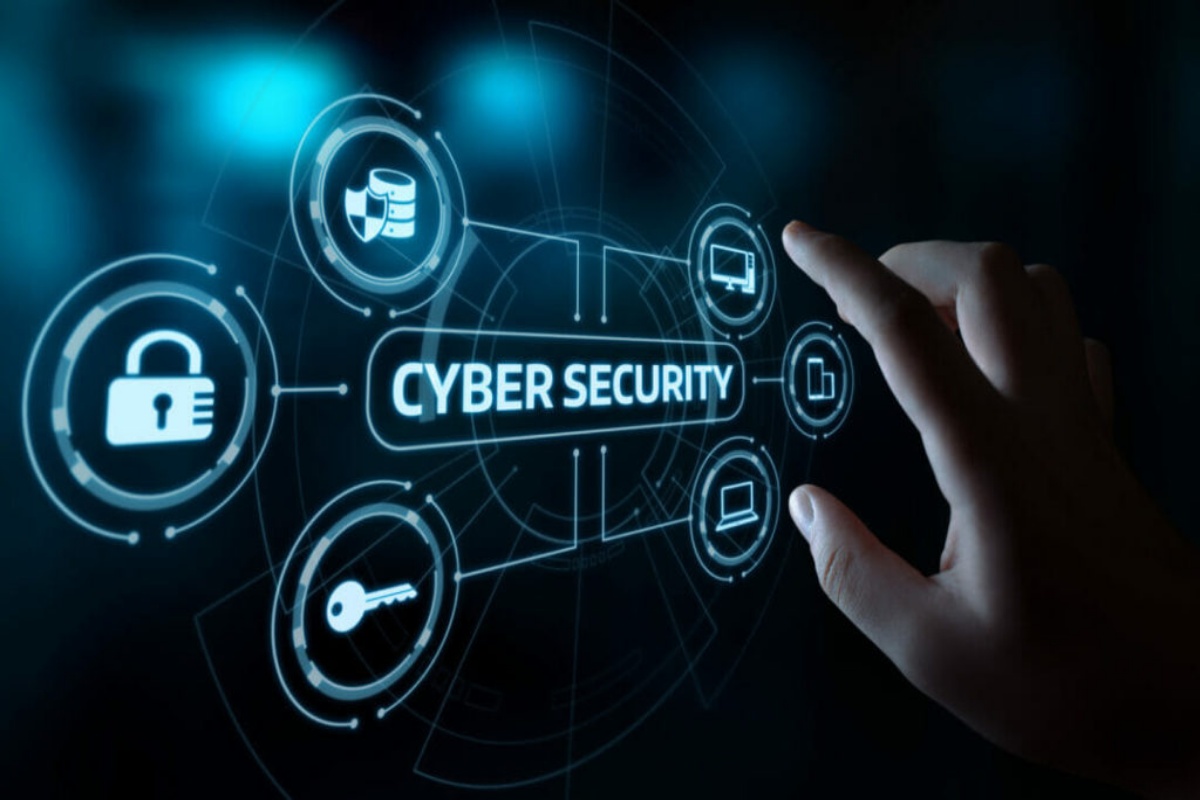Introduction
In the rapidly evolving digital age, cybersecurity has become one of the most critical aspects of technology and information systems. As individuals, businesses, and governments increasingly rely on digital platforms for communication, commerce, data storage, and operations, the importance of protecting digital assets has never been more pronounced. Understanding the basics of cybersecurity is the first step toward building a more secure digital environment, both personally and professionally.
What is Cybersecurity?
Cybersecurity refers to the practice of protecting systems, networks, and programs from digital attacks. These cyberattacks are typically aimed at accessing, changing, or destroying sensitive information; extorting money from users; or interrupting normal business processes.
Effective cybersecurity involves a multilayered approach that includes technology, processes, and people. It encompasses everything from application security, network security, and information security to disaster recovery, operational security, and end-user education.
Why is Cybersecurity Important?
1. Protection of Sensitive Data
One of the most obvious reasons cybersecurity is essential is to protect sensitive and personal data. This includes everything from Social Security numbers and credit card details to confidential business data.
2. Preservation of Trust
Whether it’s a small business or a large corporation, trust is a valuable asset. A single security breach can damage an organization’s reputation and erode customer trust, sometimes irreparably.
3. Prevention of Financial Loss
Cyberattacks can be financially devastating. Ransomware, data breaches, and other attacks often result in significant direct and indirect financial losses due to downtime, recovery costs, and legal penalties.
4. Compliance and Legal Requirements
Many industries are bound by regulations that require a minimum standard of cybersecurity. Non-compliance can result in heavy fines and legal consequences.
Common Types of Cyber Threats
1. Malware
Malicious software such as viruses, worms, spyware, and trojans that can damage or disrupt systems.
2. Phishing
Fraudulent attempts to obtain sensitive information by disguising as a trustworthy entity, usually through emails.
3. Ransomware
A type of malware that locks users out of their systems or files and demands a ransom to restore access.
4. Denial-of-Service (DoS) Attacks
Overloading systems, servers, or networks with traffic to exhaust resources and make them unavailable to users.
5. Man-in-the-Middle (MitM) Attacks
Intercepting communications between two parties to steal data or inject malicious content.
6. SQL Injection
Inserting malicious code into a server that uses SQL to manipulate databases and access unauthorized data.
Key Components of Cybersecurity
1. Network Security
Protects internal networks from intruders by securing both hardware and software technologies.
2. Application Security
Ensures that software and applications are free of threats and vulnerabilities.
3. Information Security
Focuses on protecting the integrity and privacy of data, both in storage and in transit.
4. Operational Security
Includes the processes and decisions for handling and protecting data assets.
5. Disaster Recovery and Business Continuity
Defines how an organization responds to cybersecurity incidents and how it maintains operations.
6. End-User Education
Trains users to recognize threats like phishing emails and unsafe websites to minimize the risk of human error.
Best Practices for Cybersecurity
1. Use Strong Passwords
Encourage the use of complex passwords that are regularly updated. Consider using password managers.
2. Enable Multi-Factor Authentication (MFA)
Adds an extra layer of security by requiring a second form of verification.
3. Keep Software Updated
Apply security patches and updates as soon as they become available.
4. Regular Backups
Ensure that important data is regularly backed up and stored securely.
5. Secure Wi-Fi Networks
Use strong encryption methods like WPA3 for home and business Wi-Fi networks.
6. Firewalls and Antivirus Software
Use these tools to detect and block malicious activities before they cause damage.
7. Employee Training
Regularly train staff to recognize cyber threats and follow company policies.
Cybersecurity in Different Sectors
1. Government
Protecting national security data and infrastructure from foreign and domestic threats.
2. Healthcare
Securing patient data and complying with regulations like HIPAA.
3. Finance
Ensuring the safety of financial transactions and customer information.
4. Education
Safeguarding student records and research data from unauthorized access.
5. E-Commerce
Protecting online transactions and customer data from cybercriminals.
The Future of Cybersecurity
As technology continues to advance, so do the tactics of cybercriminals. The future of cybersecurity will likely involve:
- Greater use of artificial intelligence and machine learning to detect threats.
- Improved encryption techniques.
- Widespread adoption of Zero Trust Architecture.
- Increased focus on securing IoT (Internet of Things) devices.
- More stringent international cybersecurity laws and collaboration.
Conclusion
Cybersecurity is no longer a niche concern—it is a universal priority. Understanding the basics is the foundation for building a more secure and resilient digital presence. Whether you are a student, professional, business owner, or tech enthusiast, taking proactive steps toward better cybersecurity practices is essential for navigating the digital world safely.
Cybersecurity isn’t just about technology—it’s about awareness, responsibility, and continual improvement.

